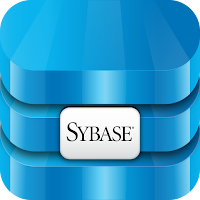 We sometimes confuse two different pieces of software:
We sometimes confuse two different pieces of software:- Interactive SQL which supports Sybase
- SQL Central which supports SQL Anywhere
To connect to SAP ASE / Sybase you need to have "Interactive SQL", not SQL Central.
To download SAP Adaptive Server Enterprise in Evaluation or Developer edition you need to register on SAP website and ask for the download link. This can be done using:
https://www.sap.com/cmp/syb/crm-xu15-int-asewindm/index.html?url_id=text-us-sapcom-ase-trial-software
As internet is not static, with time this link may stop working and you will need to look for the downloads using a web search engine. This is ... politics of SAP. See also:
https://archive.sap.com/discussions/thread/3565945
This is inconvenient, specially when you are playing with Linux/Unix installation. Usually one of the final steps is to configure client, so that it can work with the server. When you install server you usually download only the Linux/Unix Sybase install files. So in such case you should download the Windows install files and from it I installed the Windows Sybase client.
Those files should be available in the SDK FOR SAP ASE 16.0




















